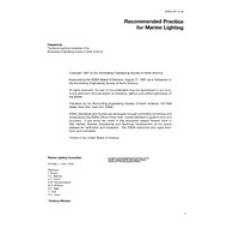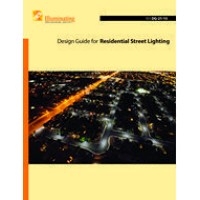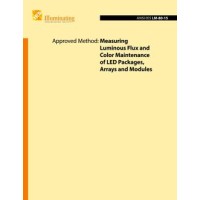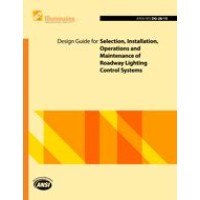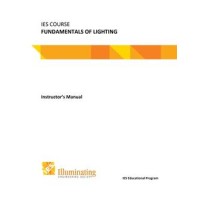IES RP-12-97
- Marine Lighting
- standard by Illuminating Engineering Society, 08/17/1997
- Category: IES
$171.00
$86.00
Marine lighting must fulfill two major requirements: adequate illuminance and suitable luminance ratios in the visual field. At the same time, visual comfort, efficient performance of seeing tasks, and safety must be considered. Recommendations in this Practice are based on the seeing tasks encountered in marine applications, safety needs, and on the functional and decorativecharacteristics of the areas concerned. The values listed are minimum maintained illuminance averaged across the task area, measured without daylight.
Specific recommendations are made for the principal living, dining, recreational, and work areas found in ships and small craft. The tasks and areas considered include both exterior and interior lighting applications as well as those devoted to the safe and effective operation of vessels. Constraints imposed by the marine environment are also presented. Guidance is also given for installing emergency lighting. Maintenance and field measurement methods are described in theannexes.
While many visual tasks aboard ship are similar to those in residential, commercial, and industrial areas found ashore, the Practice identifies special requirements involving corrosion, vibration, temperature and humidity extremes, fire resistance, space/weight limitations, electric shock hazards, and radio frequency interference from ballasted light sources. Additional restrictions areimposed by night vision requirements and the limited locations available for luminaire mounting due to reduced ceiling heights, machinery placement, and the inaccessibility of topside locations.
According to the Practice, most marine lighting applications use incandescent filament, fluorescent, and high intensity discharge (HID) sources for general illuminance. Lamps and luminaires must withstand the vibration imposed by the ship's motion, sea conditions, mooring/anchoring, and vessel operations. Many shipboard areas will also require hazardous location luminaires. As described here, source selection depends on the particular requirements of the visual task, the installation being considered, the system's economics, preferences of the ship's owner, and the designer's objectives.
 PDF
PDF
All of our standards document are available in PDF (Portable Document Format), an electronic, downloadable format.You will be able to download the file in your account downloads.
 Multi-User Access
Multi-User Access
After purchasing, you have the ability to assign each license to a specific user.
 Printable
Printable
At any time, you are permitted to make printed copies for your and your members' reference use.

